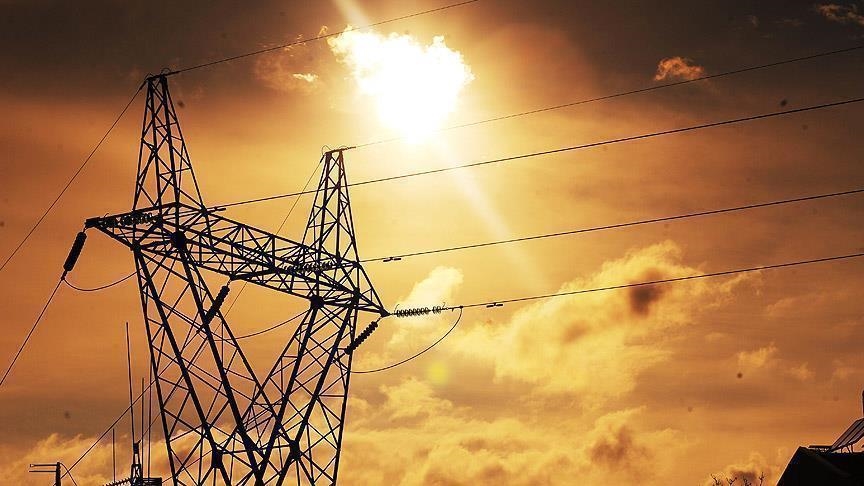Lack of access of about 85 million Nigerians to grid-supplied electricity or clean cooking fuel is responsible to two per cent loss of Gross Domestic Product annually, the Chief Executive Officer of Nigerian Upstream Petroleum Regulatory Commission (NUPRC), Engr. Gbenga Komolafe, claimed.
Engr. Komolafe who told participants at this year’s Offshore Technology Conference (OPC) holding in Houston, Texas, USA said the figure was equivalent to 43 per cent of Nigerian population, thus making the country the world’s largest energy deficit.
Presenting a paper entitled: Energy Transition and Nigerian upstream oil and gas landscape: The Journey, Challenges and Way forward, he said this has resulted in loss of two per cent of Gross Domestic Product (GDP) annually in the country.
In his words, ‘‘…We also have the world’s largest energy deficit, with an estimated 85 million Nigerians lacking access to grid-supplied electricity or clean cooking fuel. This is equivalent to 43% of the population, a situation that results in an estimated annual economic loss of up to 2% of GDP.’’
According to him, ‘‘Renewable energy holds significant potential to alleviate these challenges, but absorption capacity issues limit the amount of variable power generation which can be accommodated by the grid. There are also issues relating to technology, resource and manpower constraints, dearth of know-how, capacity development and utilization as well as the prohibitive cost of renewable energy which collectively constitute barriers to uptake and deployment.
‘‘Meanwhile, the strength of our economy is closely tied to a volatile oil price, with petroleum exports accounting for 86% of total export revenue.’’
Speaking on the theme of the conference: Energy Transition in Africa: The Journey, Challenges and Way Forward for this year’s Luncheon and Panel Session at the OPC which opened on Monday, May 1, he also pointed out challenge posed by performance in terms of the Sustainable Development Goals (SDGs).
‘‘Again, as a nation our performance in terms of the Sustainable Development Goals (SDGs) is a very strong indicator that energy transition policy for Nigeria should equitably be formulated within the context of improving the achievement of the SDGs; that is, reducing poverty and hunger, improving good health, well-being and quality education, achieving clean water and sanitation, creating decent work and economic growth, achieving improved environment through deployment of carbon capture technology amongst others,’’ NUPRC Chairman said.
However, the Energy Progress Report 2022 released by Tracking SDG 7, revealed that in 2022, Nigeria had the lowest access to electricity globally, with about 92 million persons out of the country’s 200 million population lacking access to power,.
The Punch’s publication of June 2022 said the report was produced in conjunction with the International Energy Agency, International Renewable Energy Agency, United Nations Statistics Division, the World Bank and the World Health Organisation.
It indicated that Nigeria was followed by the Democratic Republic of Congo’s 72 million, Ethiopia’s 56 million and Pakistan’s 54 million access deficits.
The latest report, which covered 2020, noted that access to electricity in Nigeria remained poor because electrification advances failed to keep pace with population growth. This, it said, was in contrast with Kenya and Uganda’s fastest progress in electrification due to their annualised increases of more than three per cent points between 2010 and 2020.
The power problem has remained a perennial problem in Nigeria, stifling the country’s industrial growth, limiting commercial ventures’ expansion and profitability and the well-being of its people. The problem has manifested through unstable supply and lack of access to the grid. The latter necessitated the establishment of the Rural Electrification Agency in 2005, and was tasked with the electrification of rural and unserved communities.
The report reads, “The 20 countries with the largest access deficits were home to 76 per cent of the global population living without access to electricity (or 560 million people) in 2020. Most of the top 20 deficit countries are in Sub-Saharan Africa.
“The largest unserved populations are in Nigeria (92 million people), the Democratic Republic of Congo (72 million), and Ethiopia (56 million). The gains in the electrified population outpaced population growth in Ethiopia between 2010 and 2020; the same cannot be said of the Democratic Republic of Congo and Nigeria, where electrification advances failed to keep pace with population growth.”

